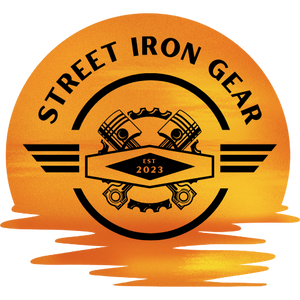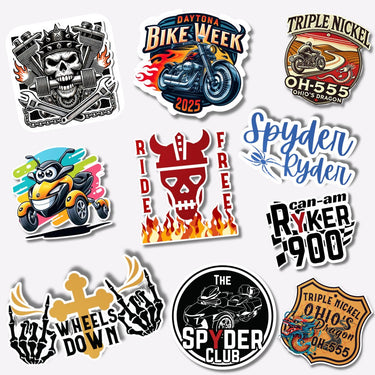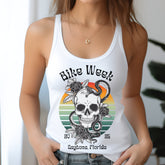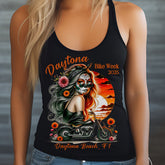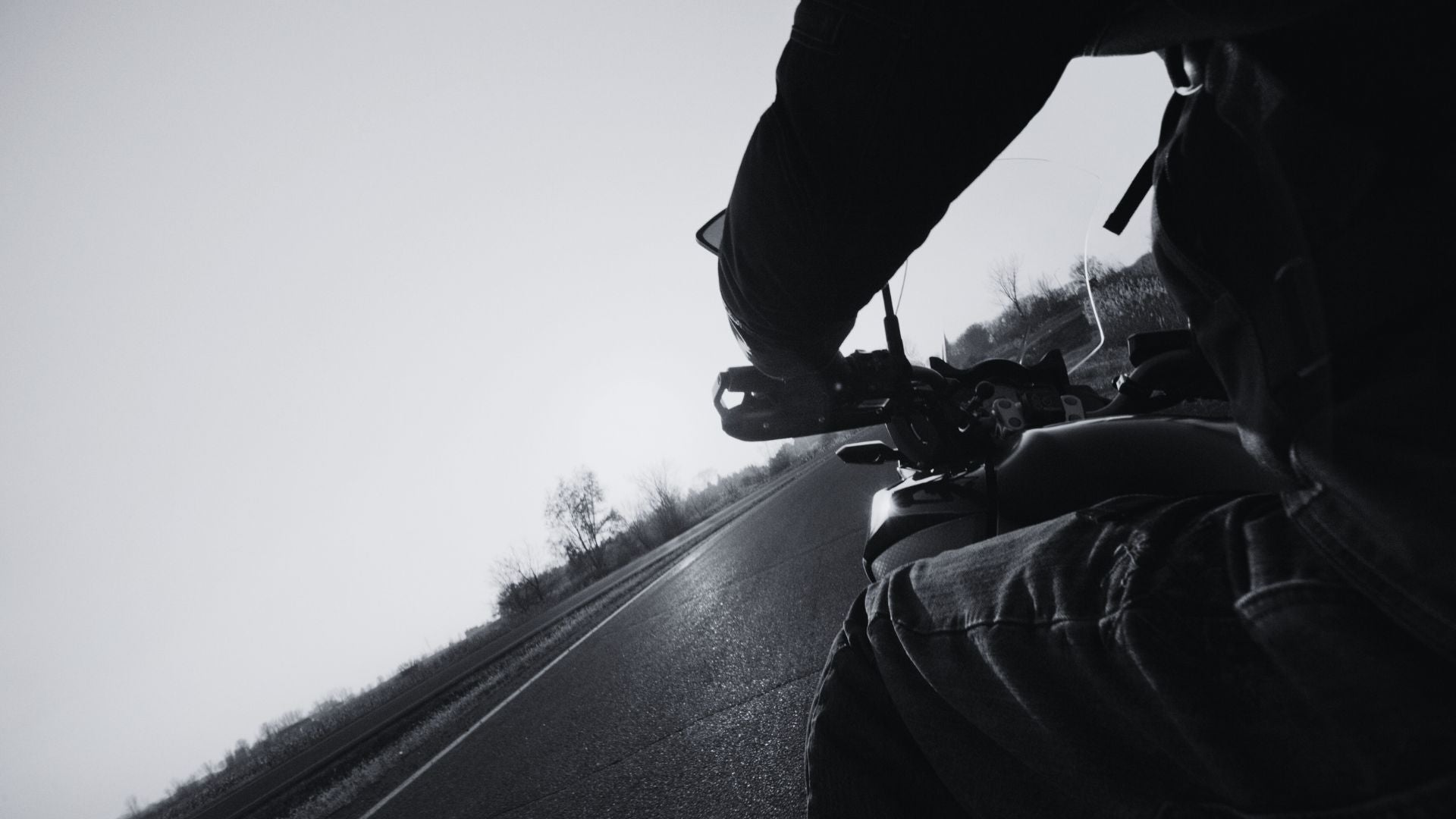Motorcycle travel isn’t just about getting from point A to point B. It’s about rediscovering the joy of the ride, finding unexpected beauty, and maybe, just maybe, saving a little bit of your sanity along the way. Whether you're a seasoned rider or someone itching to swap four wheels for two (or three—shoutout to my fellow Can-Am Spyder riders), there are some real-world essentials that will make your journey smoother, safer, and way more fun.
Over the years, I’ve transitioned from a busy single mom on a stress-relief cruiser to a rural-dwelling Can-Am devotee who believes that getting your knees in the wind is a form of therapy that no prescription can match. After two decades of riding, I’ve picked up some knowledge—sometimes the hard way—and I’m passing it along to save you from making the same mistakes. Or at least to make new and more exciting ones.
Gear Up or Give Up: Choosing the Right Motorcycle Travel Gear
Why Motorcycle Travel Gear Matters
Here’s the truth: you will never regret bringing quality gear, but you will absolutely regret not having it when you need it. Weather changes fast, roads throw surprises, and your comfort on a long ride hinges on the gear you wear and pack.
Invest in a solid, all-weather jacket like the Klim Latitude Jacket or the Alpinestars Andes V3 Drystar. Both offer ventilation for hot rides and armor for those “I didn’t see that gravel patch” moments. If you’re rolling on a Can-Am Spyder like me, you might also consider heated gear. I swear by Gerbing’s heated gloves and jacket liner—because numb fingers are no fun, especially when the curves just keep coming.
Helmet Heads and Communication Tech
A full-face or modular helmet with integrated Bluetooth is the best investment you’ll make for both safety and sanity. I use a Sena Outrush R modular helmet, which lets me talk to my husband while we ride. (Sometimes he even listens.) Communication systems like Sena or Cardo let you stay connected, navigate hands-free, or queue up your road-trip playlist when the scenery needs a little Springsteen.
Pack Light, Pack Smart: Motorcycle Packing Essentials
What to Bring and What to Ditch
When I was a cruiser rider, I tried to pack for motorcycle trips the same way I packed for road trips with kids: too much of everything. I’ve since learned to pack by layers and prioritize utility. You’re not living on the road—you’re experiencing it. There’s a difference.
Compression packing cubes, like the ones from Eagle Creek, are a game changer. They let you sort your stuff into small, stackable blocks that make it easier to grab what you need without exploding your entire saddlebag.
Bring a microfiber towel, a small first-aid kit, tire plug kit, and a portable air compressor (I use the Stop & Go tire repair kit with CO2 cartridges). You’ll thank yourself when you're 40 miles from anything but cows and cornfields.
Know Before You Go: Prepping Your Bike for Travel
Maintenance Is More Than a Checklist
Before you roll out, give your ride some TLC. A well-prepped bike (or trike) is the difference between a great trip and a roadside meltdown.
Check tire pressure, oil level, and brakes. If it’s been a while since your last service, get your bike into the shop at least a week before your trip. For Spyder riders, BRP dealerships can do a full systems check. For two-wheelers, a basic tune-up should include fluid changes, belt or chain check, and a look at suspension wear.
Carry a basic tool kit that’s specific to your motorcycle model, and include a few zip ties and duct tape. Those two items alone can hold half a motorcycle together in a pinch. (Not that I’d ever know from experience. Ahem.)
Download Offline Navigation
Cell signals are fickle, especially if you’re headed for scenic byways. Download offline maps via REVER, Calimoto, or Scenic. These apps are rider-specific and will also help you plan routes with twisties and vistas worth pulling over for.
Expect the Unexpected: Weather, Wildlife, and Weird Detours
The Weather Will Change—Dress for It
You might start your morning in sunshine and end your afternoon in a mountain thunderstorm. Pack rain gear even if you think you won’t need it. Nelson-Rigg’s Stormrider rain suit is a budget-friendly, packable option that has saved my hide more than once.
Watch for Wildlife and Road Surprises
If you're headed through Appalachia, like much of Southeast Ohio where I now live, deer, gravel patches, and hairpin turns come with the territory. Ride alert. Ride smart. And don’t assume every country road is paved like the Blue Ridge Parkway.
Speaking of which—if you're looking for a scenic day ride, head to the Blue Ridge Parkway, Tail of the Dragon, or the less-trafficked Triple Nickel (OH-555). These roads are built for riders who crave curves and quiet moments.
Make It Meaningful: Where You Go and Why You Go
It’s Not Always About the Destination
Some of my favorite rides were just a couple of hours long—looping out of Athens, Ohio into the backroads of Meigs County, stopping for pizza at MiBoyz Bar and Grill in Pomeroy, and heading back with no goal other than being outside, breathing fresh air, and soaking up the freedom.
Motorcycle travel gives you a different lens. You notice things—the smell of fresh-cut hay, the warmth of sun on your back, the shadow of your helmet on a twisty road. It forces you to be present, which is something I didn’t even know I needed when I first started riding in my mid-thirties. Now? I can’t live without it.
Day Trips vs. Distance Riding
If you’re just getting started, stick with loop rides under 150 miles round trip until you learn your endurance level. Riding takes a different kind of energy than driving, and there’s no shame in being a day-tripper. (It just means more excuses to plan the next ride.)
That said, if you're planning longer trips, make advance lodging plans. Check out motorcycle-friendly lodging via Bikerbnb or motorcycle traveler Facebook groups, like Motorcyclist Map. They’ll point you to places that offer secure parking and welcome road-weary riders with a smile—and maybe even a place to dry your gear.
